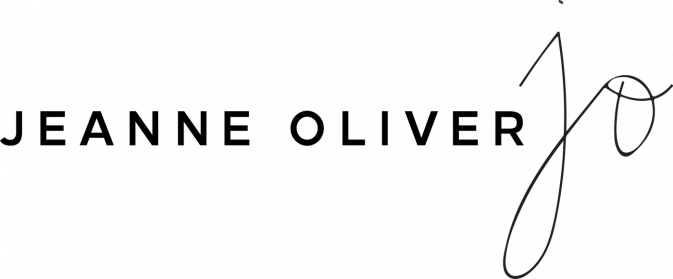Supply List
- Oil paints in primary colors, plus ochre, black and white – I use primarily Williamsburg but anything will work. You can purchase whatever colors you wish, you are not limited to, nor are you copying, my palette – everyone has their preference of colors and you should stick with yours.
- Liquin solvent – imperative to speed drying time and to create the effect of glazing.
- Palette knife – for scooping out Liquin onto your palette. If you already have something that you can use for this, a palette knife is not necessary.
- A variety of paint brushes – I use primarily smaller size brushes. Any brushes will work if you already have some in your studio.
- Canson canvas paper – this is what I use (9×12) and recommend in the course, but other substrates like canvas panel and board will work. I always appreciate the flexibility of paper when I work but if you like something sturdier then use what you have and prefer.
- A pencil I use Palomino Blackwings, but even basic mechanical or normal yellow wooden pencils will work. You just want something with a small point and a darker, softer lead.
- Graphite paper and / or a lightbox for image (sketch) transfer – I use both but you can choose just one technique if you wish.
- A sharp tool like an awl or a the head of a thick embroidery needle if you are using graphite sheets for your image transfer – This is not necessary if you are only doing lightbox transfers.
- Inkjet prints or color laser prints of self-portraits of various sizes. It is also okay if you wish to work with images of others instead of yourself, but I do recommend working with self-portraiture. You can source these through your camera roll in your phone, or go through old photos in your albums. Choose images that have a highly emotional story. These can be any spectrum of emotion. I personally chose imagery that naturally incorporated elements of my heritage.
- An Inkjet print or color laser print of your favorite Frida portrait. I suggest keeping it very simple with a classic portrait (shoulders and above). One will be provided as a PDF for you to download if you wish to keep it simple. If you choose to source something other than what is provided, google or any Frida books are your best bet.
- Paper towels or a painting rag.
- Turpenoid or similar solvent for cleaning brushes – I mostly use Liquin in the course to clean off brushes.
- An art journal is optional – we only briefly touch into journaling and this technique can be done on canvas paper or other substrate. For the ‘feel’ of being like Frida, I recommend you have a journal on hand. I just used my current journal that I am already working in, I did not purchase one for this portion of the course.
- I also used gouache paints for the journaling lesson. Any paints you have on hand will do!
Books mentioned in the live Zoom with Erin:
The Diary of Frida Kahlo: An Intimate Self-Portrait
Frida Kahlo: Her Photos
Frida: A Biography of Frida Kahlo
Frida Kahlo: The Gisèle Freund Photographs
Frida by Frida
Frida in America
Frida Kahlo | Song of Herself
Frida
Frida Beyond the Myth
Disclosure of Material Connection: Some or all of the links in this supply list are affiliate links. This means if you click on the link and purchase the item, we will receive an affiliate commission and we are disclosing this in accordance with the Federal Trade Commission’s 16 CFR, Part 255: Guides Concerning the Use of Endorsements and Testimonials in Advertising. Please note that we only share the supplies listed by the teacher in this course. As always, our heart is to encourage you to use what you already have and, when we suggest products, we only share supplies that we use and endorse.

